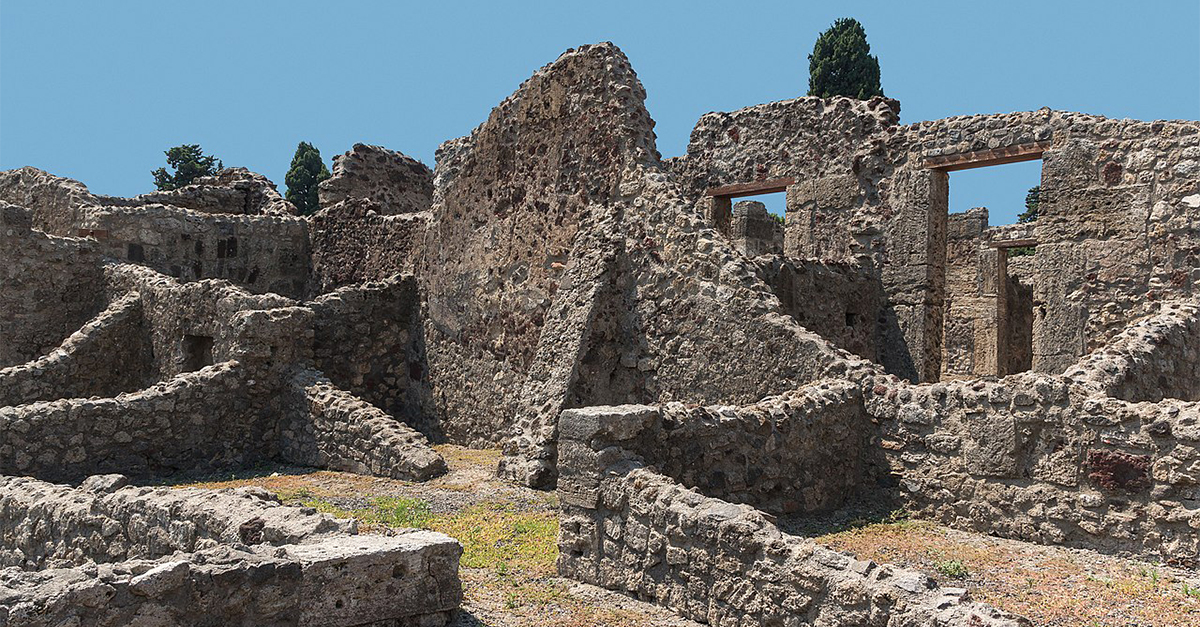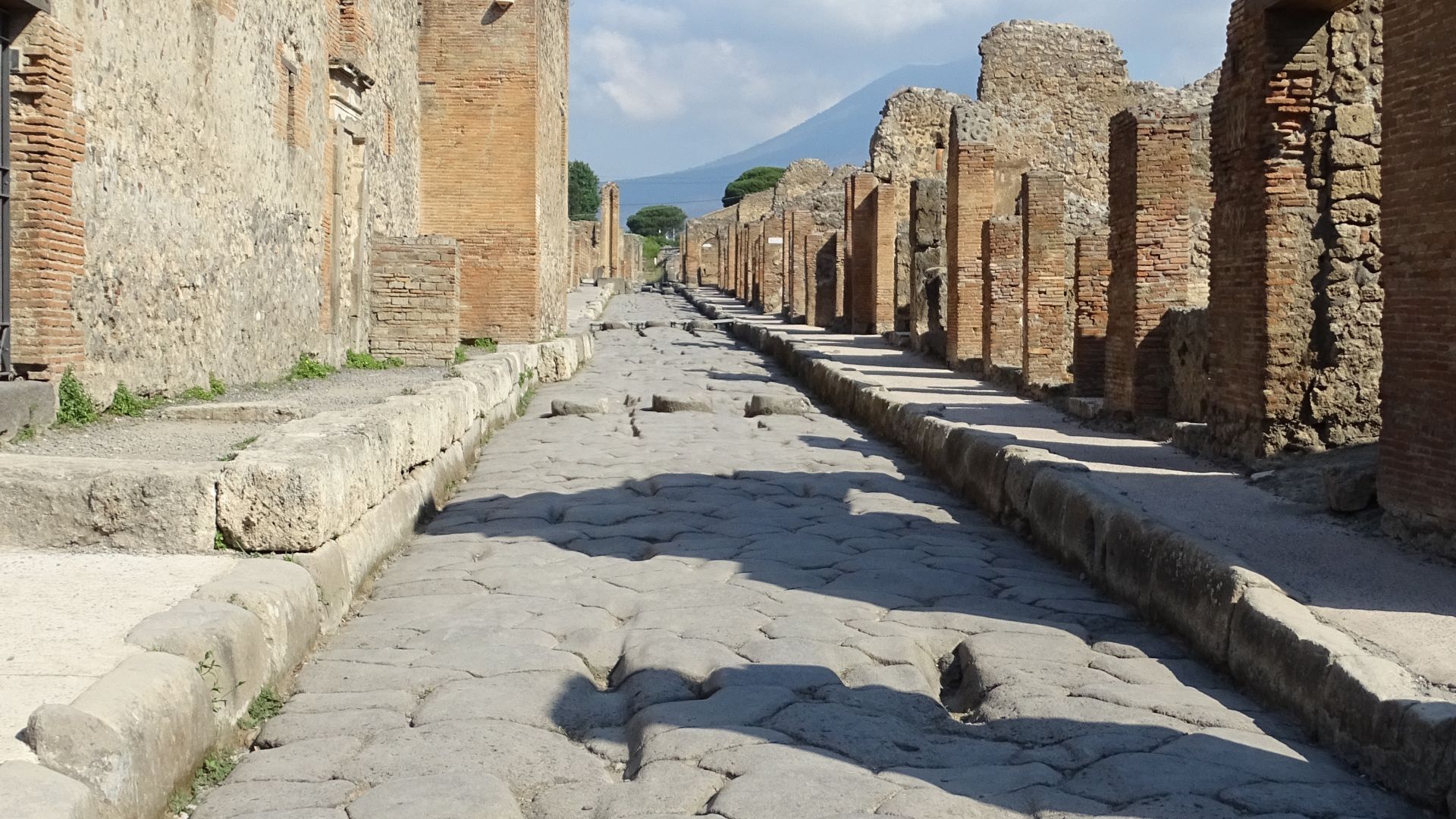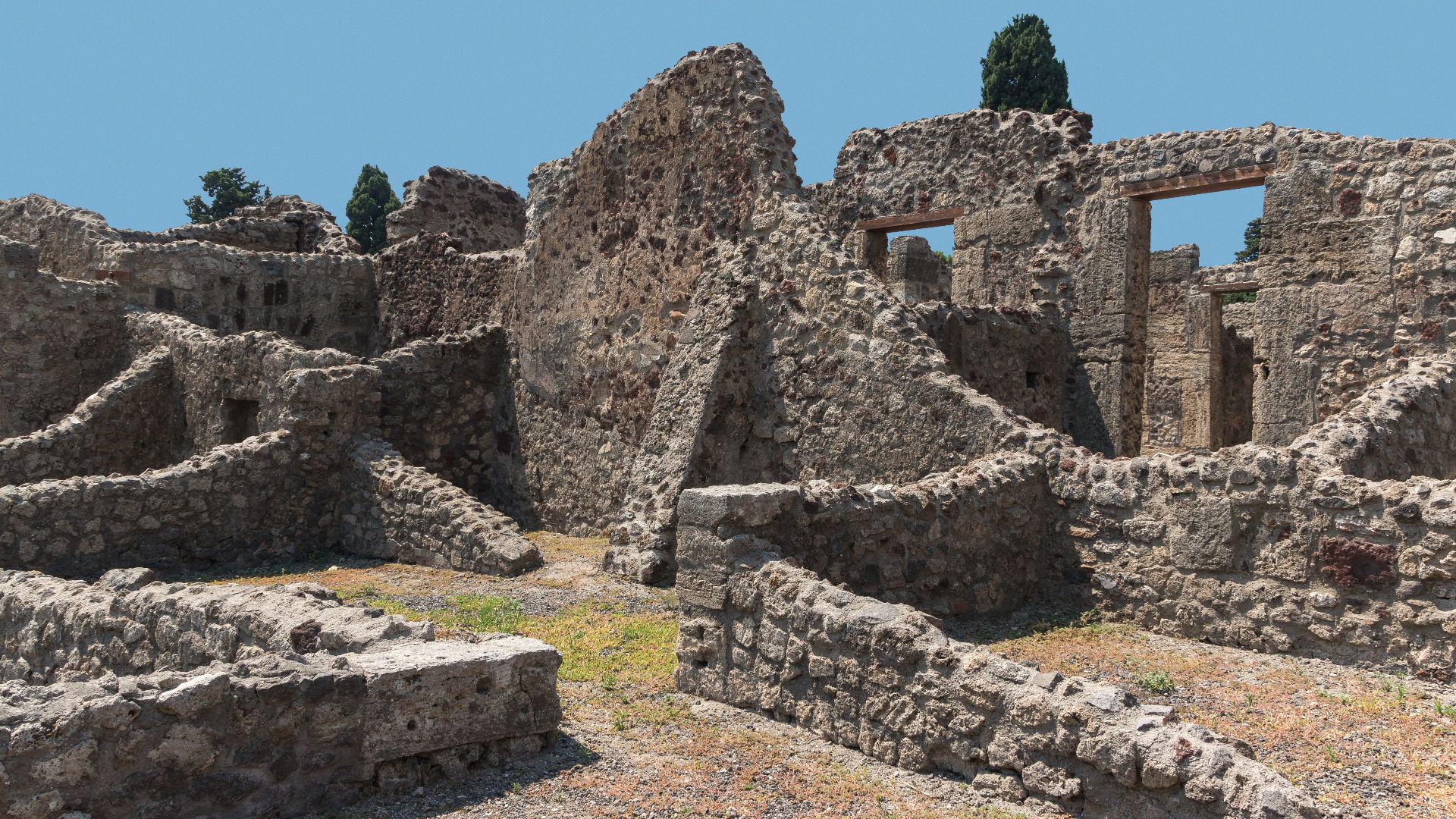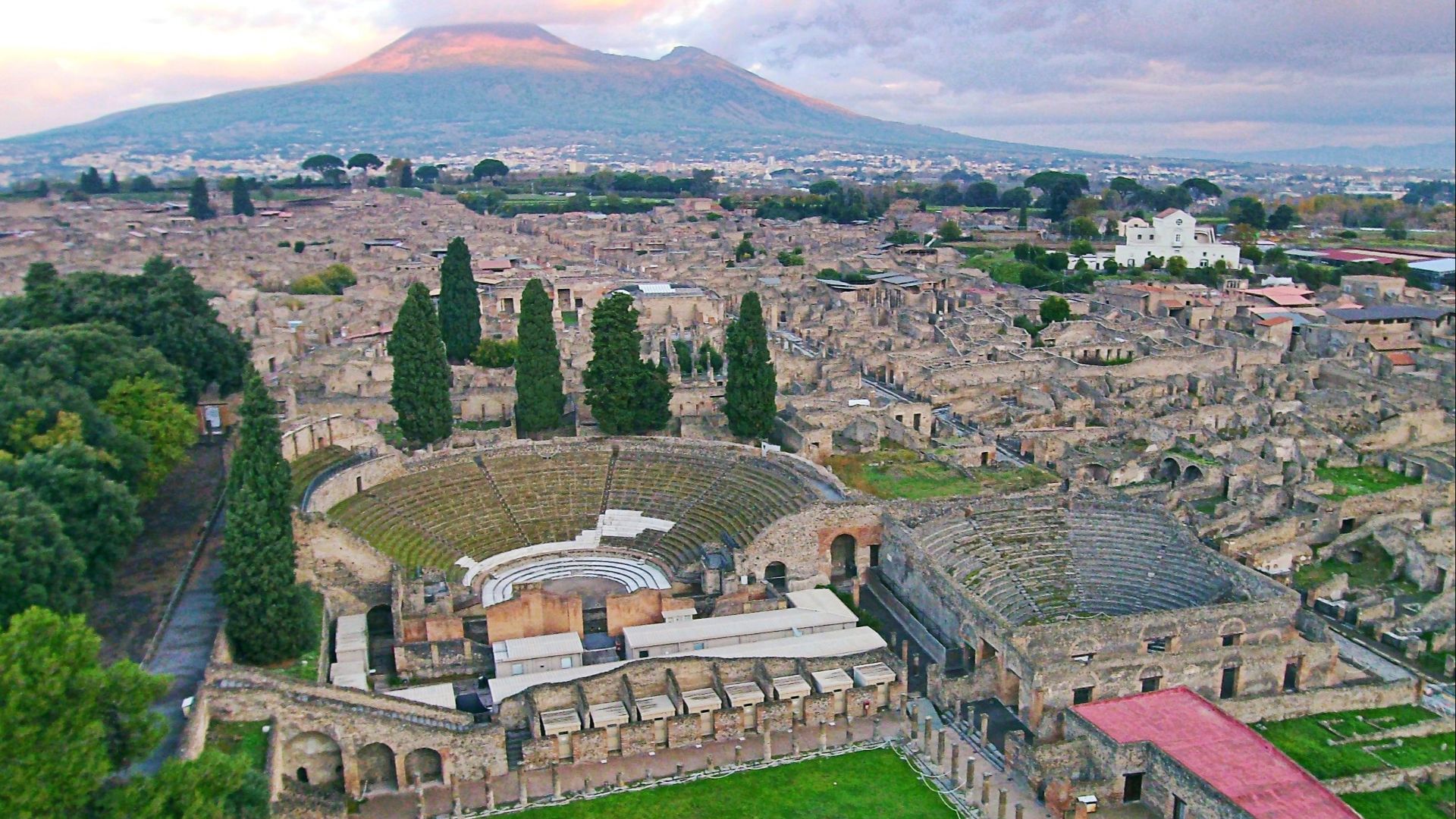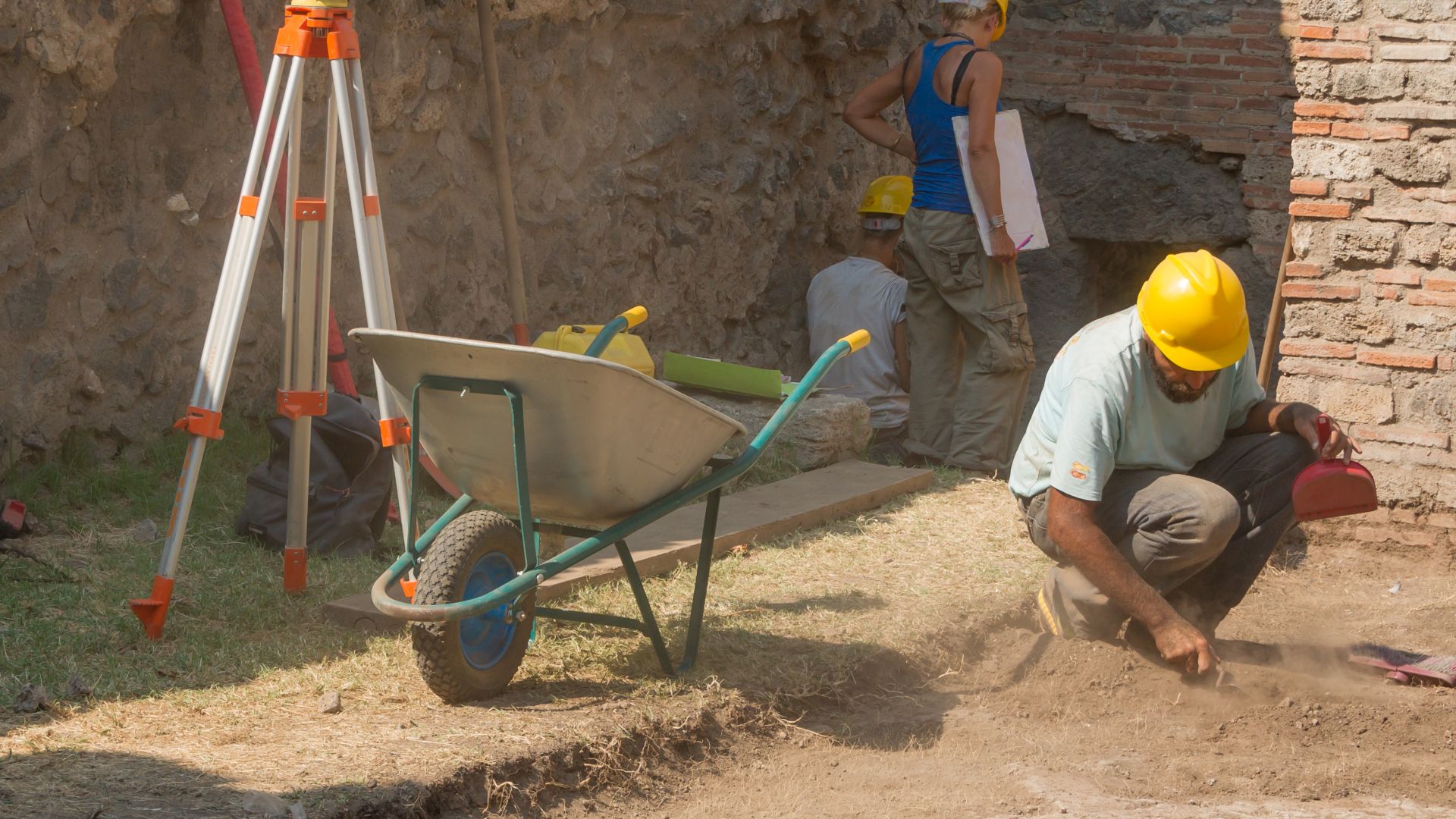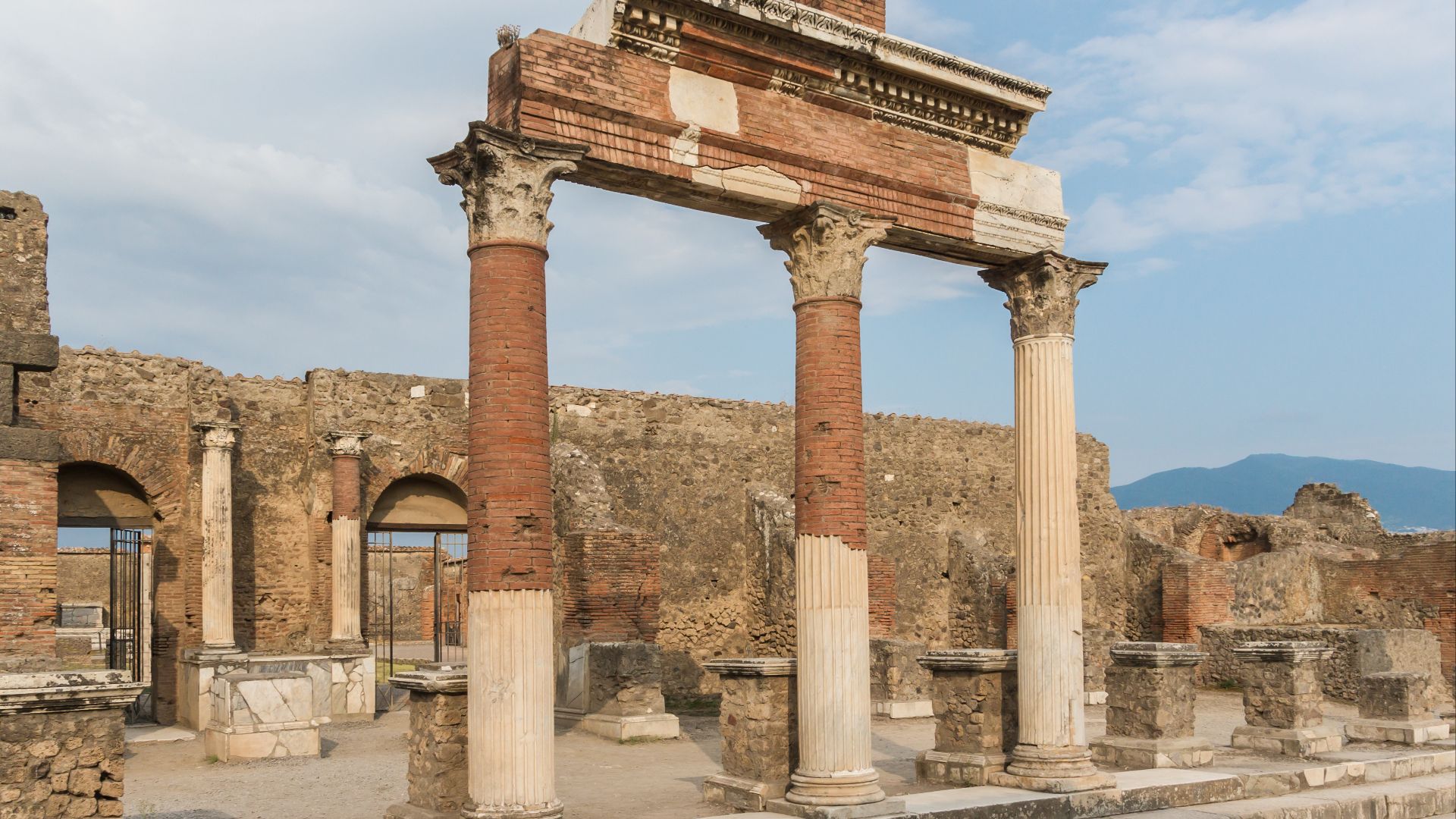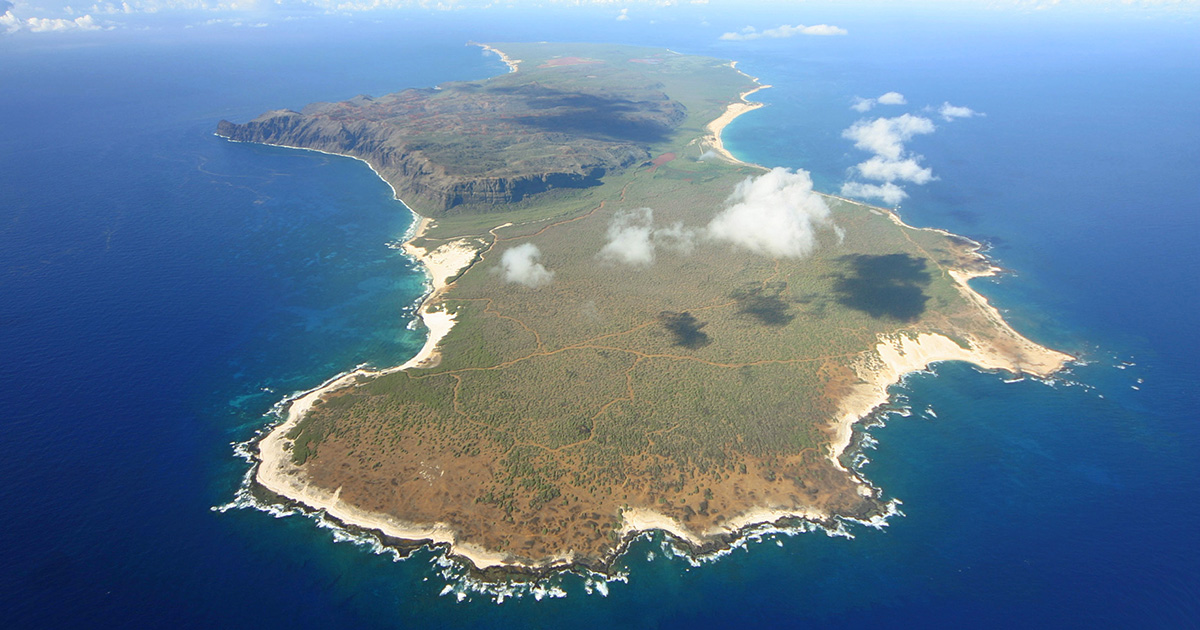A New Chapter In The Pompeii Story
In August 2025, archaeologists unearthed amazing evidence suggesting that Pompeii wasn’t completely abandoned after the catastrophic eruption of Mount Vesuvius in 79 AD. Excavations discovered traces of activity indicating the partial reoccupation of the devastated town, changing our long-held assumptions about the city’s fate.
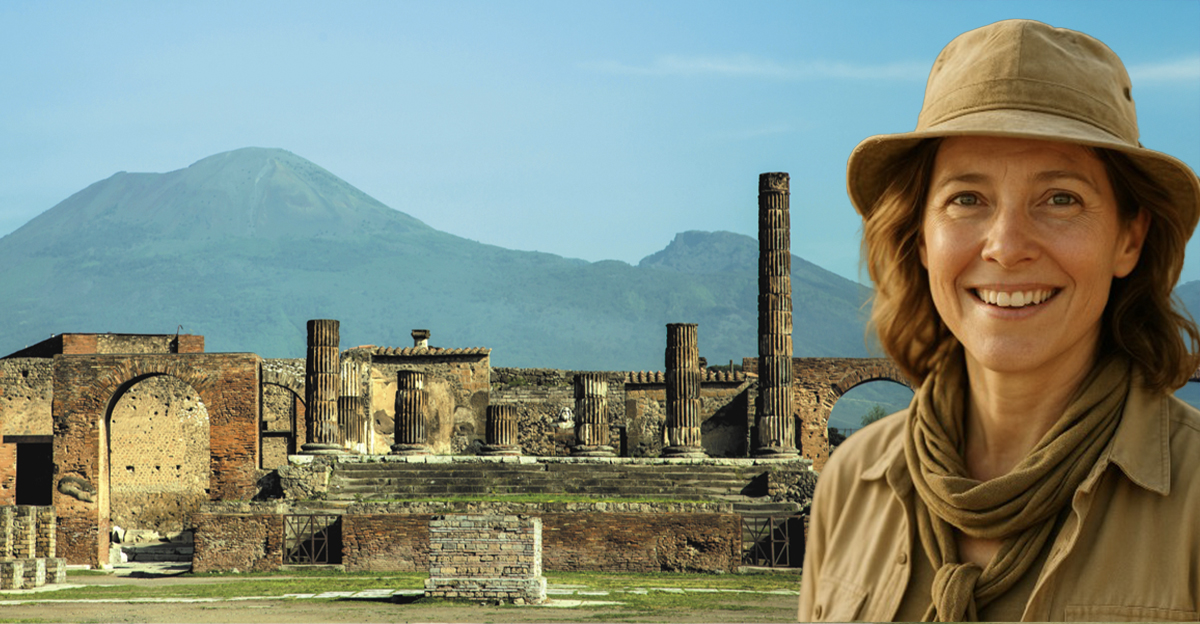
The Traditional Story Of Pompeii
For centuries, Pompeii was the symbol of destruction frozen in time. Historians believed the eruption inundated the city in ash and pumice, leaving it deserted forever. But these new discoveries show a more complex story, with survivors or newcomers trying to reclaim parts of the ruined settlement.
 Eric Gaba (Sting - fr:Sting) and NordNordWest, Wikimedia Commons
Eric Gaba (Sting - fr:Sting) and NordNordWest, Wikimedia Commons
The Insula Meridionalis Site
The findings center on the Insula Meridionalis, a large block of buildings under excavation. This is where archaeologists pinpointed traces of construction, clearing, and adaptation after the eruption. These signs show that people made an effort to reuse the area, adding complexity to our mental image of a lifeless Pompeii.
Telltale Signs Of Construction Work
Excavators found scaffolding holes, reused building materials, and layers of lime plaster that were applied after 79 AD. This evidence indicates repairs and rebuilding attempts of a community desperately trying to restore habitability within Pompeii’s shattered footprint.
Indications Of Daily Life
Alongside the construction evidence, archaeologists also found domestic artifacts that suggest habitation. Simple pottery, tools, and discarded materials show that some residents were trying to resume daily life. It was much smaller in scale than that of pre-eruption Pompeii, but the finds signal that Pompeii’s story was far from over even as layers of ash draped the town.
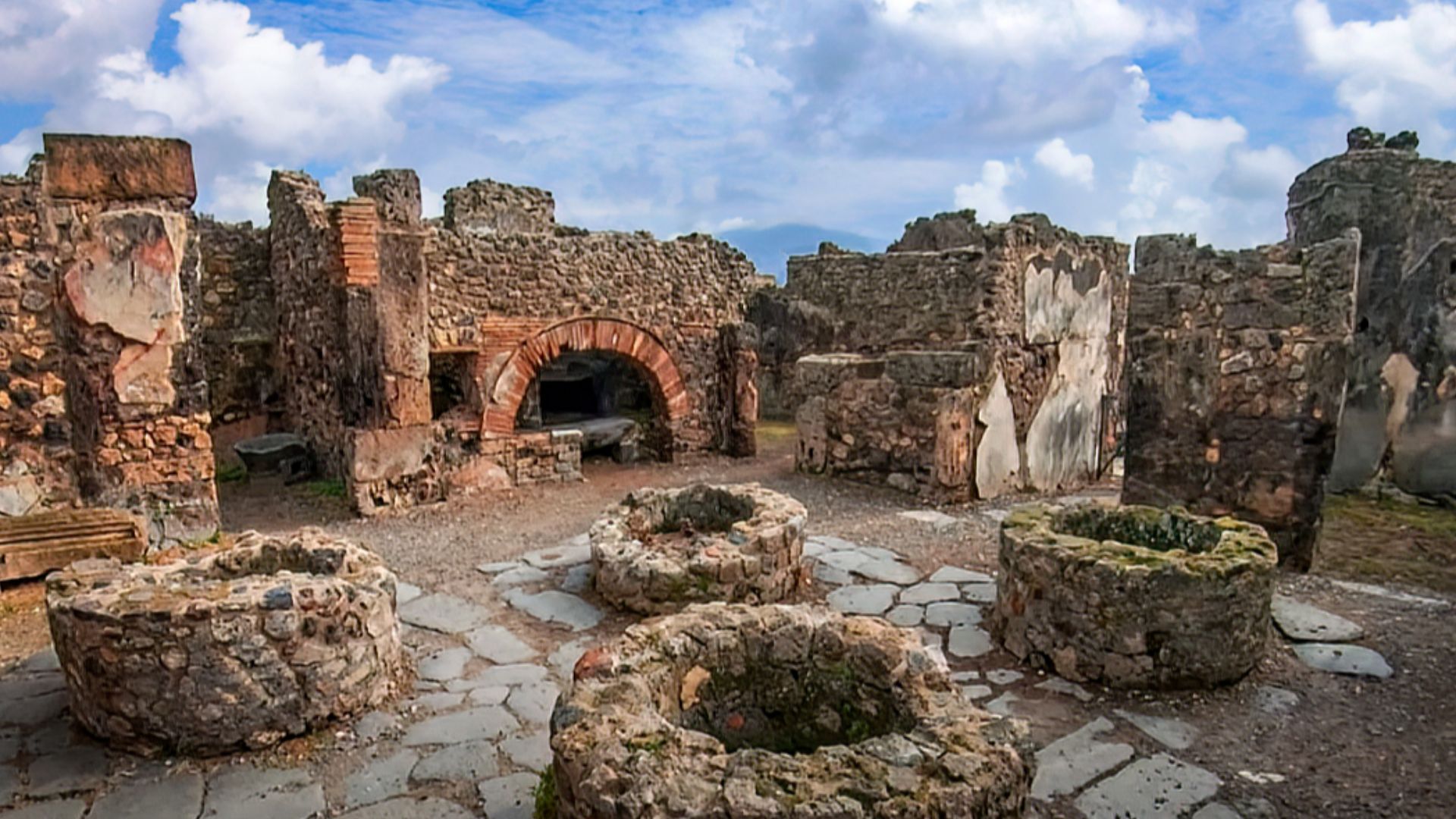 Mary Harrsch from Springfield, Oregon, USA, Wikimedia Commons
Mary Harrsch from Springfield, Oregon, USA, Wikimedia Commons
Why Would They Go Back To Pompeii?
The reasons for the city’s reoccupation are still open to debate. Survivors might have returned to reclaim homes or property, or opportunists may have been looking to salvage lost resources that they felt were up for grabs. Pompeii’s location, fertile land, and infrastructure would have made it an object of continued interest in spite of the devastation of the surrounding area.
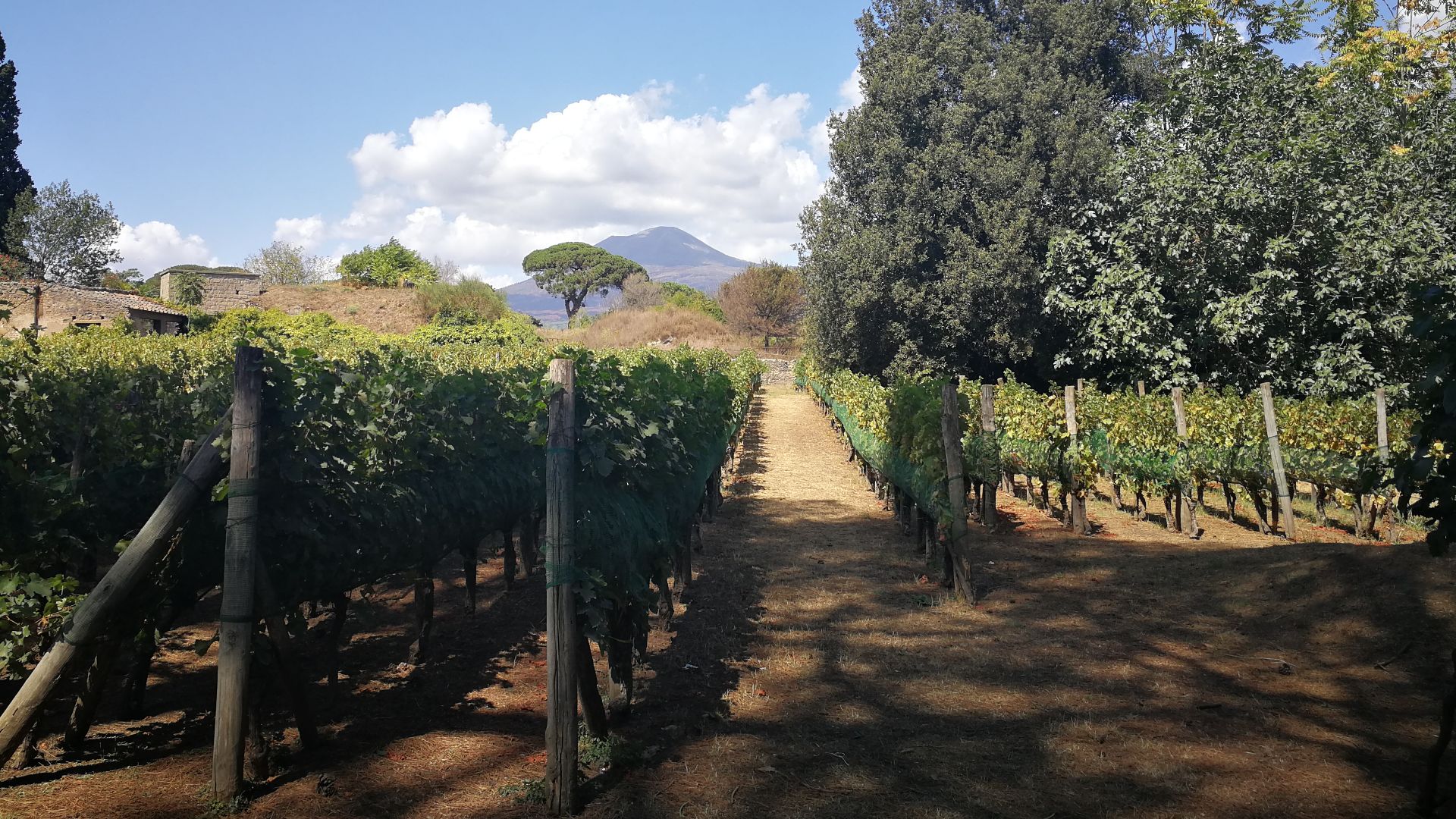 Marco Ebreo, Wikimedia Commons
Marco Ebreo, Wikimedia Commons
The Challenge Of Living Among Ruins
Reoccupying Pompeii would have been far from easy. Thick ash deposits, crumbling buildings, and the raw trauma from the recent eruption would pose major obstacles. But people are resilient; the evidence suggests that people persevered, adapting the ruins to create new spaces and continue life amid the devastation.
Parallels With Herculaneum
The idea of reoccupation wasn’t entirely farfetched. Nearby Herculaneum also showed signs of limited activity after the eruption. Pompeii’s new discoveries support the notion that Roman communities were tough, resilient, and capable of reclaiming even landscapes scarred by devastating natural disaster.
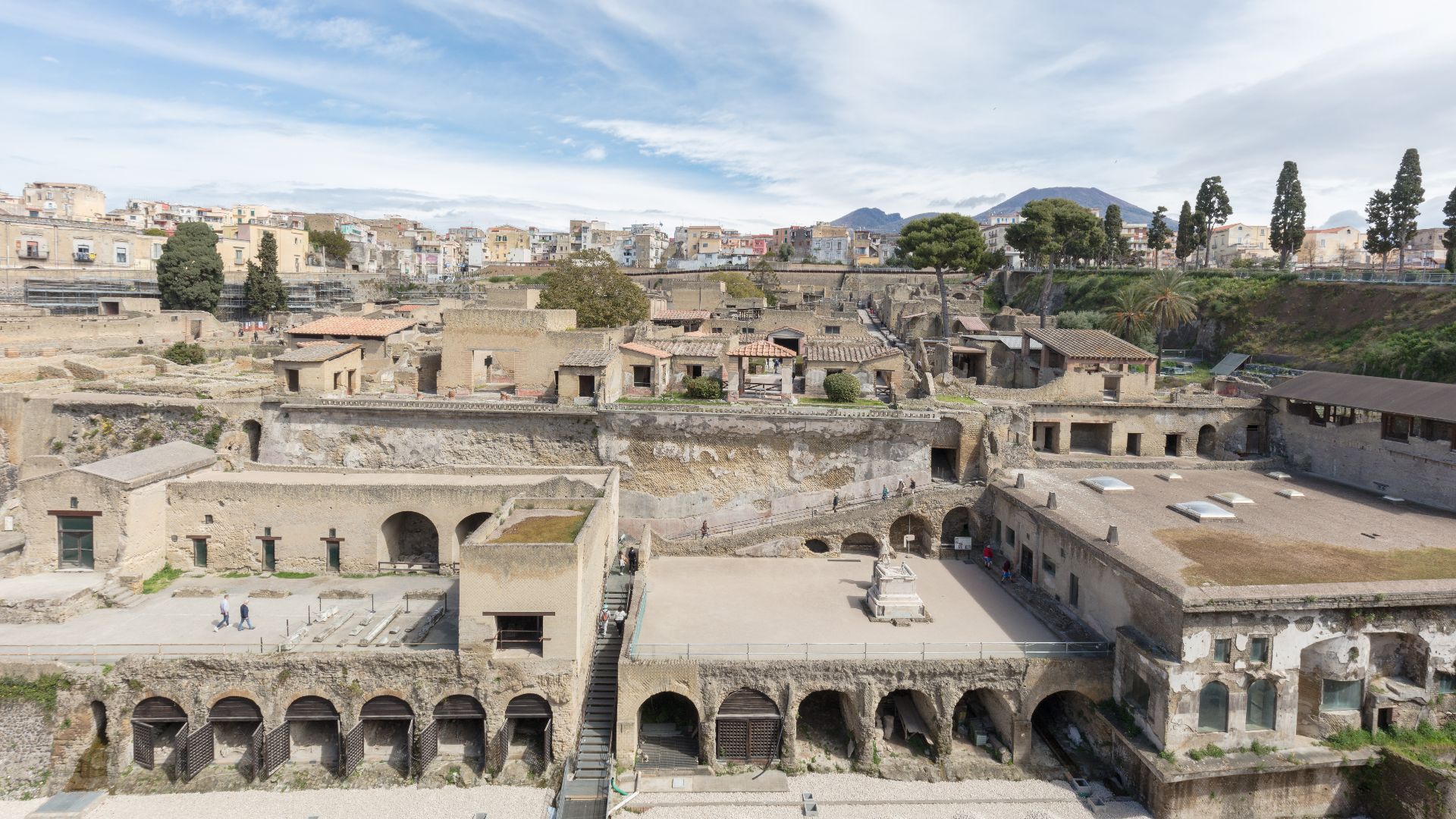 Diego Delso, Wikimedia Commons
Diego Delso, Wikimedia Commons
The Role Of The Roman State
Some scholars think that official Roman authorities might have even overseen recovery efforts. Rebuilding initiatives would reflect a shaken Empire’s attempt to restore order, reclaim taxable land, or find accommodations for displaced citizens. However much government involvement there was, the reoccupation reflects the broader realization of the resilience of Roman society.
Urban Adaptation Strategies
Excavations show how reoccupation involved a lot of creative adaptation. Damaged structures were patched, open spaces were repurposed, and salvaged materials were reused. These activities reveal a resourcefulness and a practical determination to make Pompeii livable again, at least to some limited extent.
Clues Embedded In Layers Of History
Archaeologists used stratigraphic (sedimentary rock layer) analysis to nail down the timing of reoccupation. The layers above the eruption debris held later materials and modifications. This detailed analysis adds support to the idea that the activity truly occurred post-eruption, and was not just a disturbance caused by later excavations.
 Explore the newest excavation in Pompeii!,Darius Arya Digs
Explore the newest excavation in Pompeii!,Darius Arya Digs
Artifacts Of The Second Life
Objects definitively linked to the reoccupation period include lamps, amphorae, and construction tools. These finds are markers of the everyday activities of lighting homes, storing food, and repairing walls. They add color and intrigue to the narrative of Pompeii’s ‘rejuvenation as more than just a disaster site.
 Explore the newest excavation in Pompeii!,Darius Arya Digs
Explore the newest excavation in Pompeii!,Darius Arya Digs
A Changing Interpretation
These surprising discoveries are reshaping the story of Pompeii. Instead of a city perpetually frozen in time, Pompeii now seems to have been a much more dynamic space that saw serious and rapid attempts at recovery. It’s a new perspective that adds depth to our understanding of what made the Romans so tough and adaptable to adversity.
Reoccupation And Abandonment
Despite the emerging evidence of reoccupation, Pompeii was never completely restored. The activity that there was seems to have been limited and temporary; the effort faded within decades. At last, the city remained buried for the ages until its rediscovery, but with a more nuanced history than we thought.
Archaeological Methods At Work
The 2025 findings are a reflection of advances in archaeological science. High-resolution stratigraphy, 3D mapping, and digital recording give archaeologists much better ability than before to detect subtle modifications. The techniques prove how more modern methods can update the narratives of even the most famous ancient sites.
 Pompeii and the House of Sallust - 3D Reconstruction, STORI3D PAST Productions
Pompeii and the House of Sallust - 3D Reconstruction, STORI3D PAST Productions
The Human Story Of Resilience
The discovery is about a rare breed of people who chose to return, rebuild, and carry on living in Pompeii in the aftermath of one of humanity’s worst disasters. The presence of these people reshapes Pompeii from a city of death to one of perseverance.
Tourism And A Revamped Narrative
The findings will certainly influence how Pompeii is presented to visitors. Guided tours and exhibitions will now have to mention the city’s second life, and not just its destruction. The expanded story may give a boost to tourism and connect modern audiences to a theme of survival and adaptation, not just calamity.
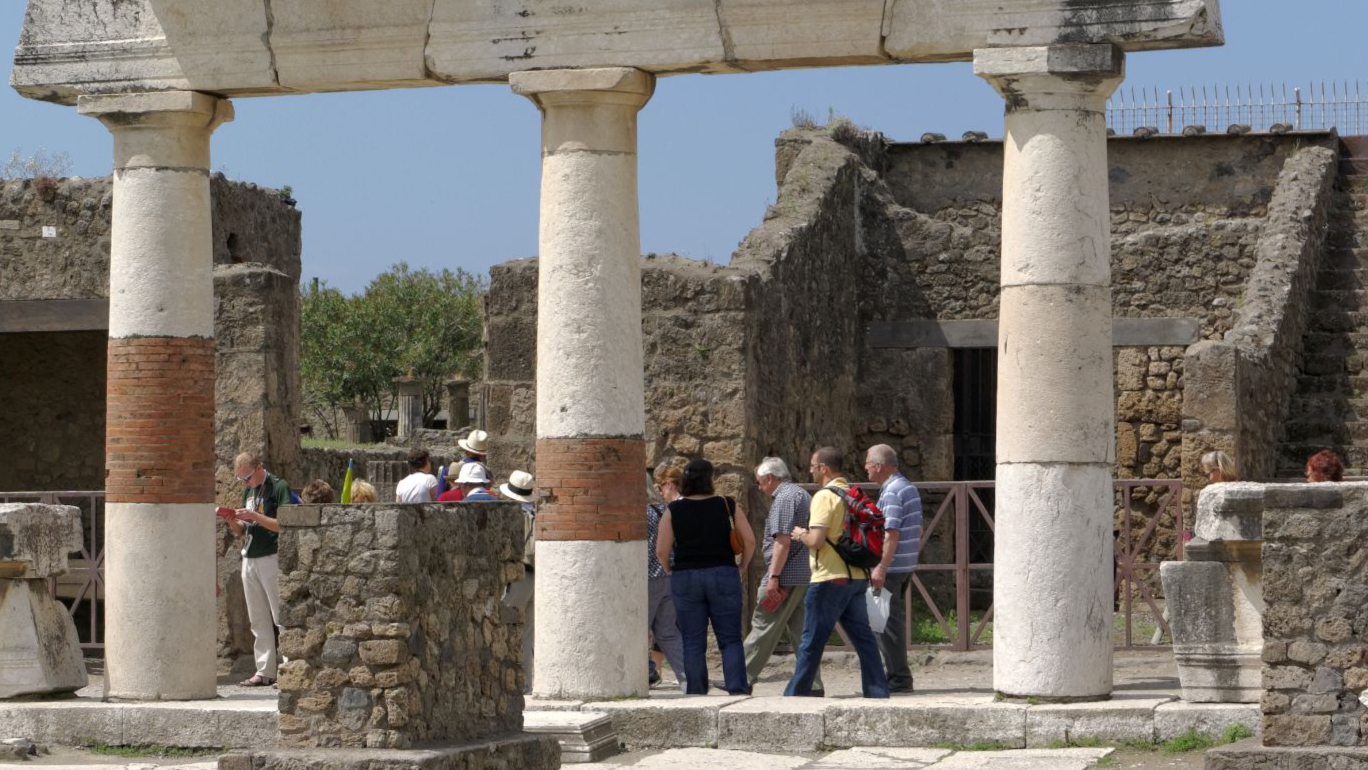 Berthold Werner, Wikimedia Commons
Berthold Werner, Wikimedia Commons
Echoes Of Relevance For Today
Pompeii’s reoccupation finds echoes in our modern experiences of disaster recovery. From earthquakes to volcanic eruptions, communities around the world have had to face similar decisions about rebuilding or permanently abandoning devastated areas. Pompeii’s story can offer us some new background on the role of resilience and adaptation in wrestling with these difficult questions.
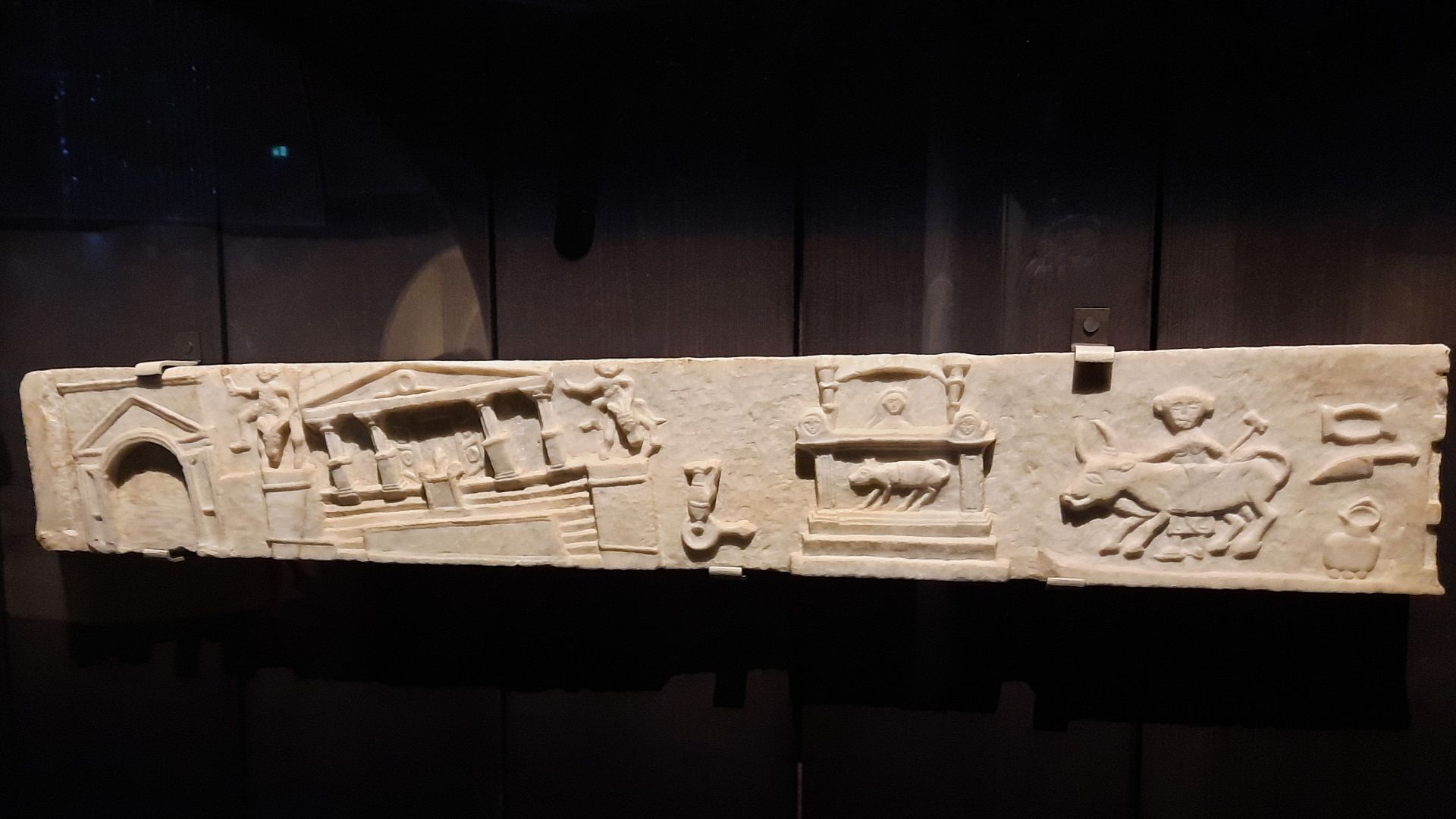 Jamie Heath, Wikimedia Commons
Jamie Heath, Wikimedia Commons
Future Excavations And Research
Archaeologists aren’t even close to giving up exploring Pompeii’s layers to dig up further evidence of reoccupation. Each season of excavation could reveal more traces of daily life after 79 AD, adding to our body of knowledge about how ancient societies dealt with disaster and recovery.
Pompeii’s Second Life
The August 2025 discoveries change our view of Pompeii from a symbol of frozen tragedy into one of stubborn endurance. Evidence of reoccupation shows that life didn’t end on that fateful day back in 79 AD, but continued on in surprising ways. Pompeii’s second life is a breath of fresh air that reminds us of humanity’s enduring will to survive.
You May Also Like:
Researchers Discover Luxury Complex Amid Ruins Of Pompeii

